- Machine Vision
- Provides imaging solutions that enable optimal visual inspection systems.
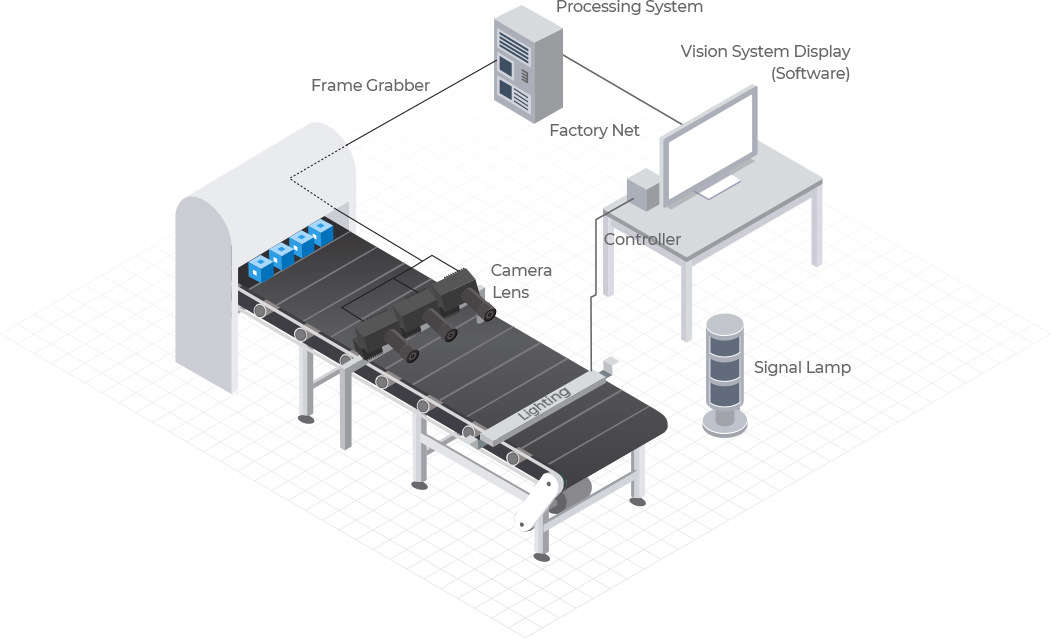
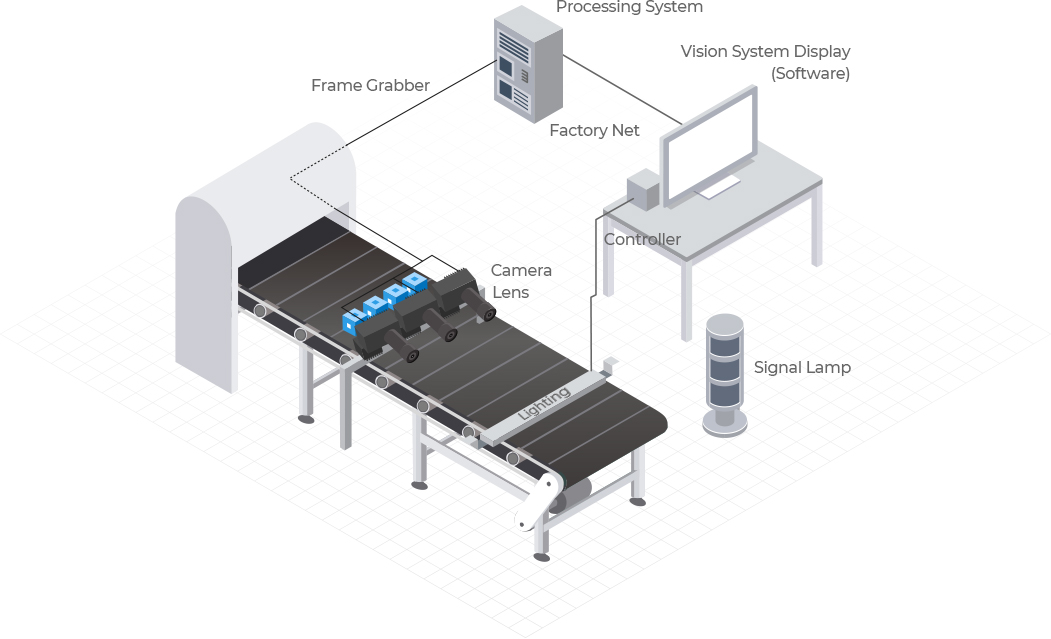
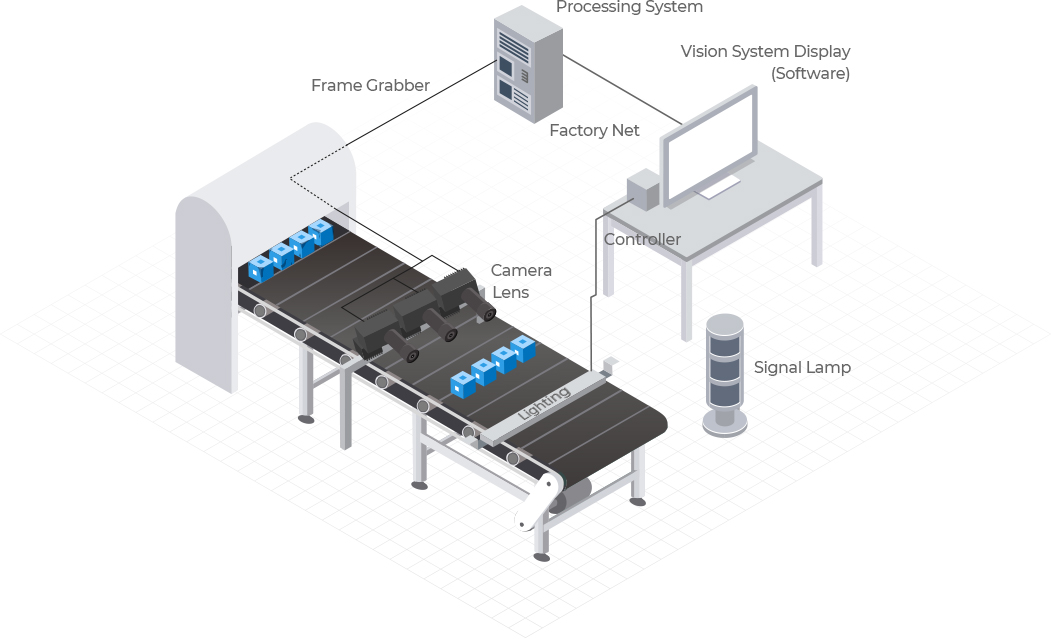
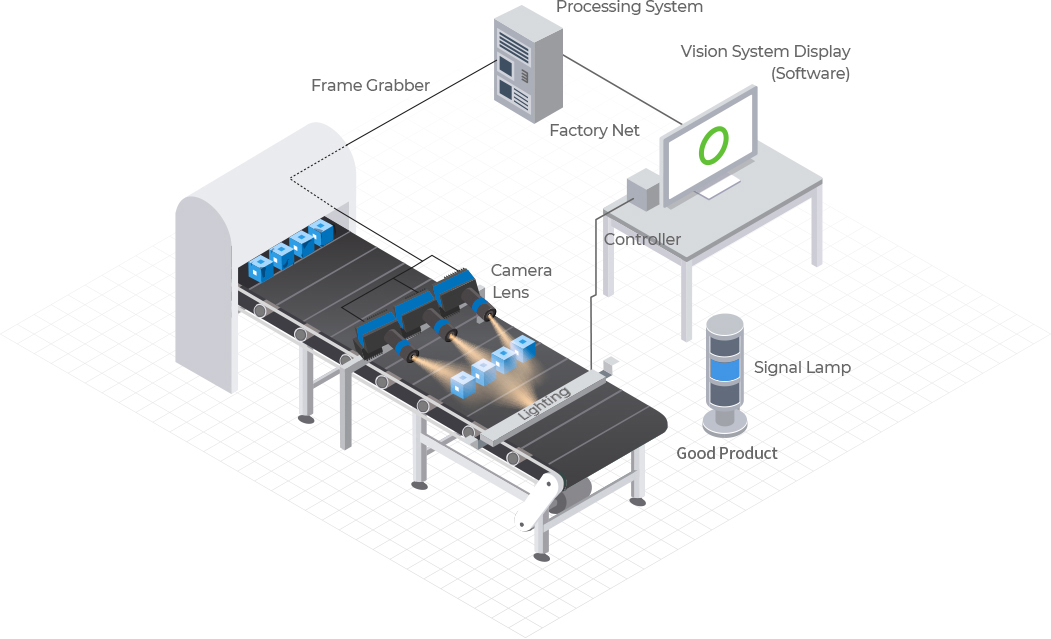
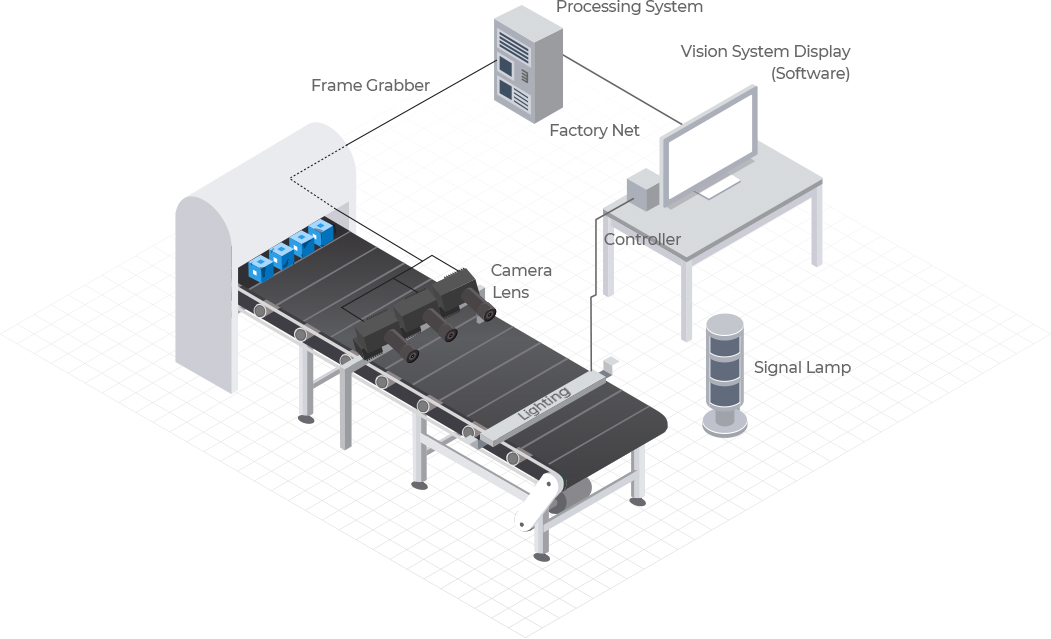
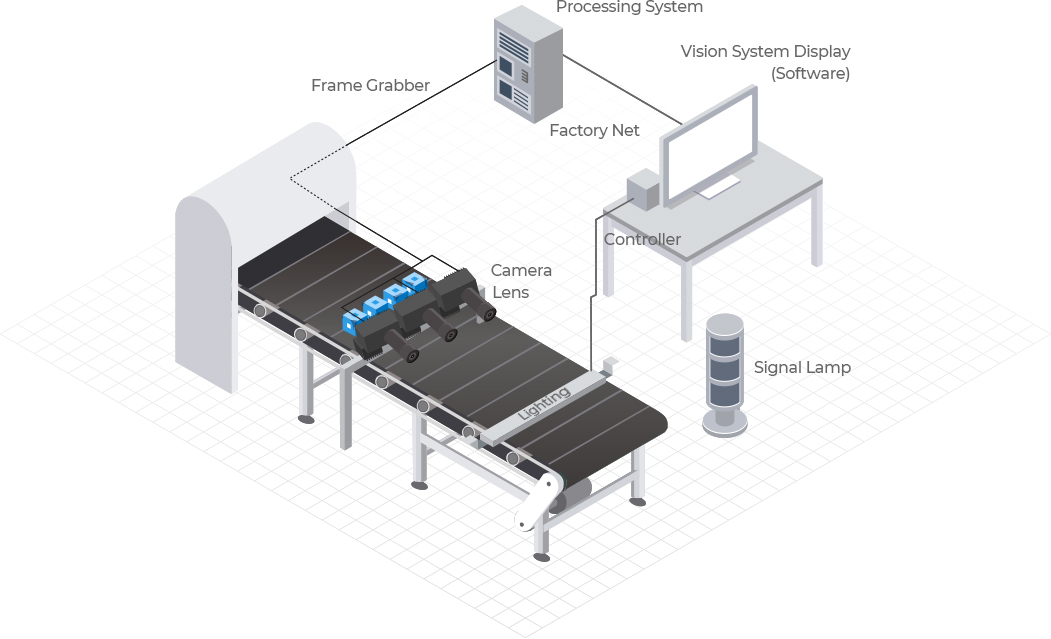
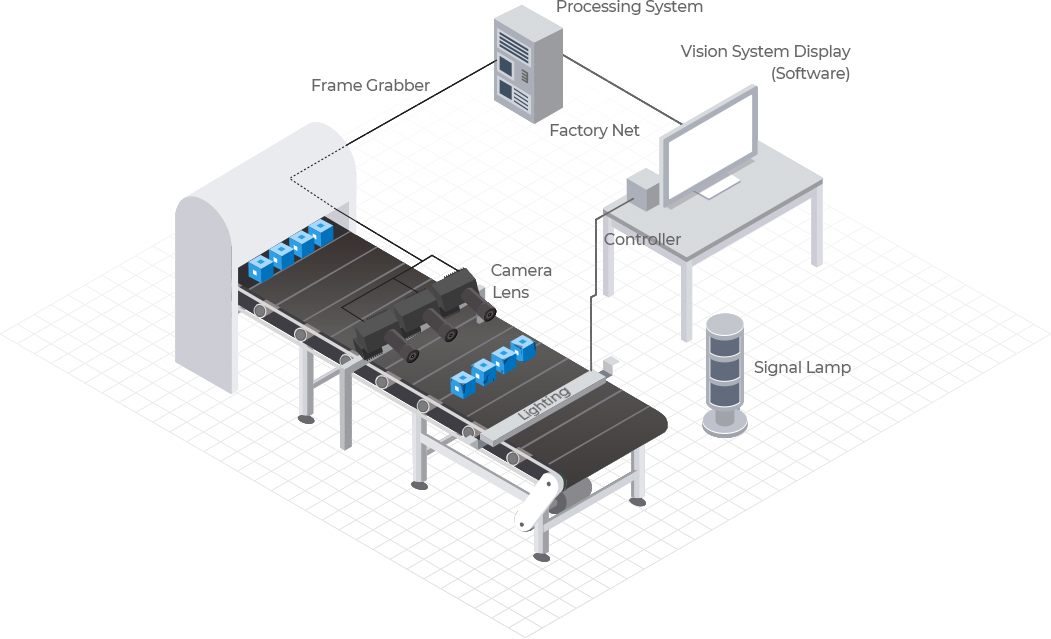
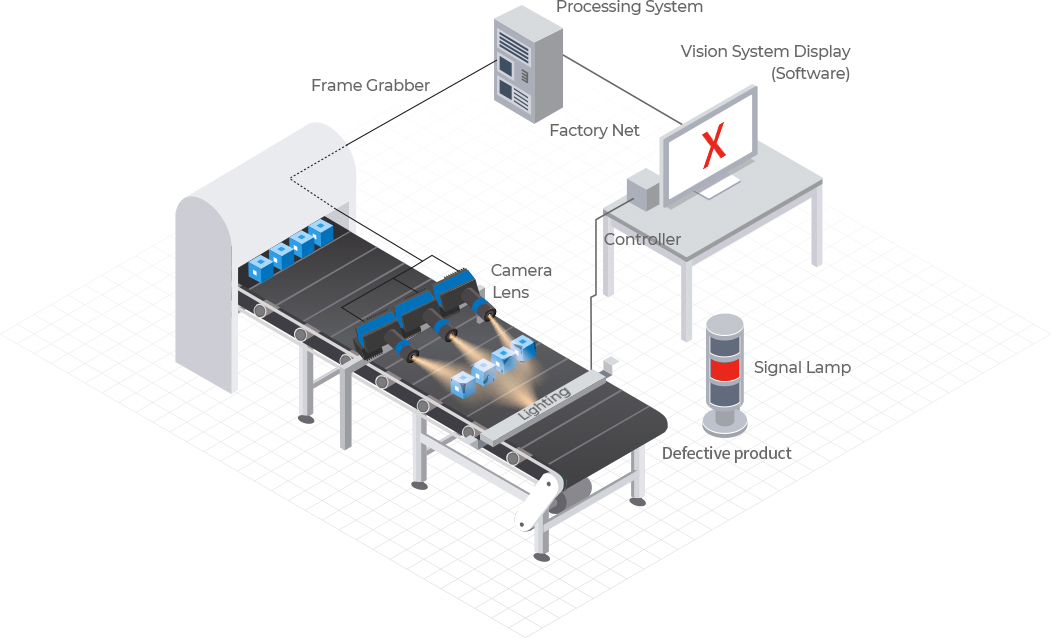
Machine vision is a system comprised of a high-performance camera, an image processor, and software. Cameras, lenses, and/or lighting are used to capture a suitable image, which is then processed through image processing and image analysis procedures to make it suitable for the intended purpose, and finally a decision on a specific action is formed. To summarise, machine vision systems are designed to replace the human eyes in carrying out a series of inspection tasks; machine vision systems are capable of working tirelessly in environments unsuitable for humans, at micrometre-level precision, and with extremely fast processing.
- Business Divisions

- Displays
- A flat panel display consists of multiple layers of glass panels, semiconductors, metallic components, and polarizing films, and is manufactured through a multiple sequence of etching and electrochemical processing. As customer demand grows for display products that yield higher performance at lower prices, the manufacturers must improve the quality and yield continuously. In this regard, manufacturers find automated visual inspection the most effective and efficient alternative. Manufacturers are switching to 100% total inspection of all manufacturing processes for panels, and strive to increase the frequency and accuracy of the inspections while simultaneously minimizing the time required for the inspections,

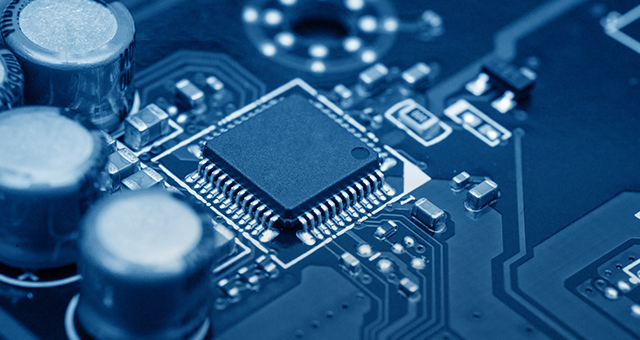
- Semiconductors
- To improve the yield, which directly affects the production cost of semiconductors, semiconductor manufacturers have been spending significant amounts of time and investments on early detection of product defects. This is achieved by performing various quality inspections during each of the manufacturing stages from the bare wafer to the packaged IC. As the degree of semiconductors’ integration increases, the accuracy required of automated visual inspection systems also increases; the automated visual inspection equipment used in all processes must therefore be capable of detecting miniscule defects on a sub-micron level. At the core of automated visual inspection equipment for semiconductors is the simultaneous need for effective detection of the defects in the products that affect the yield; it is also necessary to minimize the time required for inspection. For this reason, the processing rate of automated visual inspection equipment is emerging as a major issue.

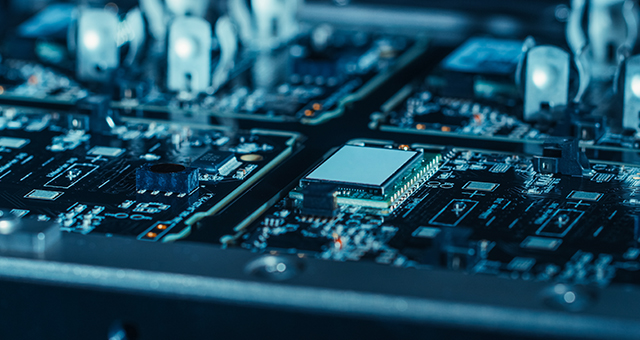
- Electronic components
- Inspection of electronic components includes bare PCB inspection, solder paster inspection, populated board inspection (post-reflow), automated X-ray inspection, and other automated optical inspections during each manufacturing stage of products. To improve the quality of manufactured electronic components, manufacturers continuously increase the inspection items for each manufacturing stage for early detection of defects that affect the yield. As the size of components decreases, inspection systems with ever increasing resolutions are called for, and it is also necessary to continuously increase the system speed to minimize the time required for inspection.

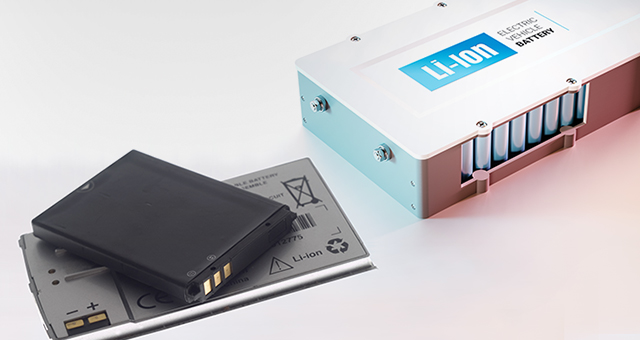
- Secondary cell
- In the secondary battery field, a next generation battery technology, a high level of diverse optical conditions are required to inspect small-sized Li-ion batteries (cylindrical, prismatic, polymer shaped lithium battery), automotive batteries, ESS batteries of various shapes and sizes. Creation of such an elaborate examination environment enables product defects to be easily detected, contributing to the quality and safety of the final products using secondary batteries such as smart phones, laptop computers and automobiles.

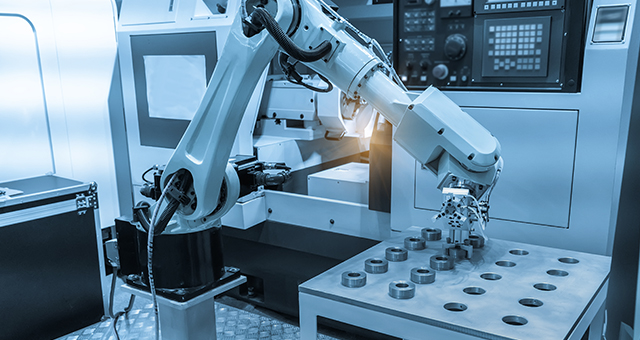
- Smart factory
- Following the trends of Industry 4.0, smart factories that combine various new technologies such as robots and IoT are being introduced. Smart factory, as a smart production plant with ICT that combines digital automation solutions to a series of production processes from design to development, manufacturing, distribution and logistics, seeks ways further improve productivity, quality and levels of customer service. Moving forward, the roles of the vision for smart factory are expected to increase.

- Business concept: Solutions partner
- Envision’s aim is not just to provide good products;
we are committed to help our customers successfully develop their systems.
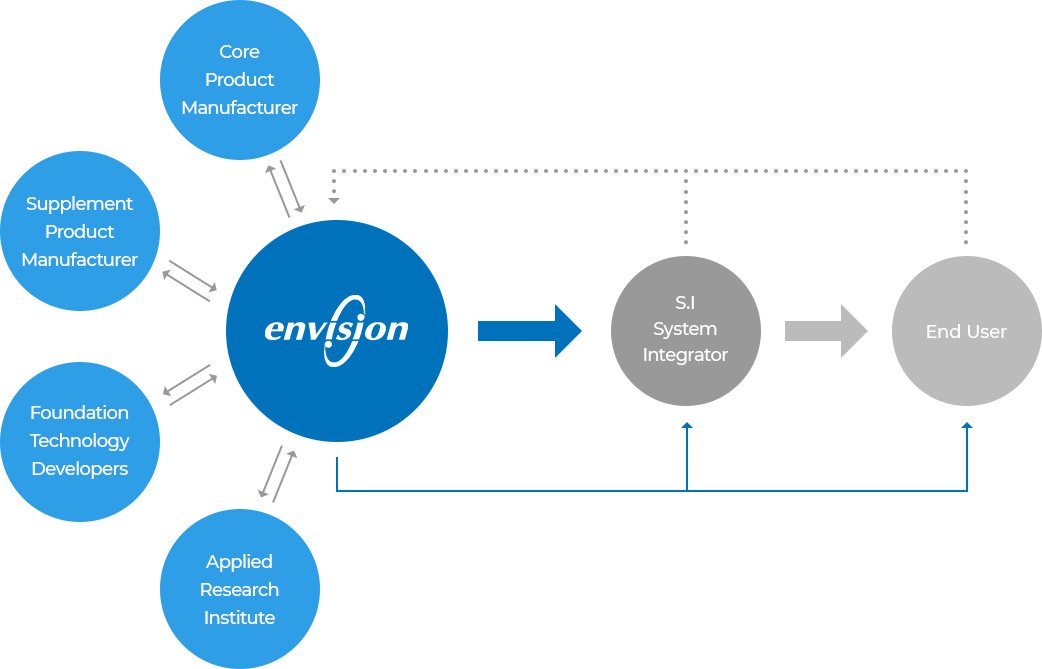

<New Business Model through Reforming the Value Chain; Hideaki Imamura, 『B2B Marketing of the Boston Consulting Group』, p. 72, Business Map, 2005>



